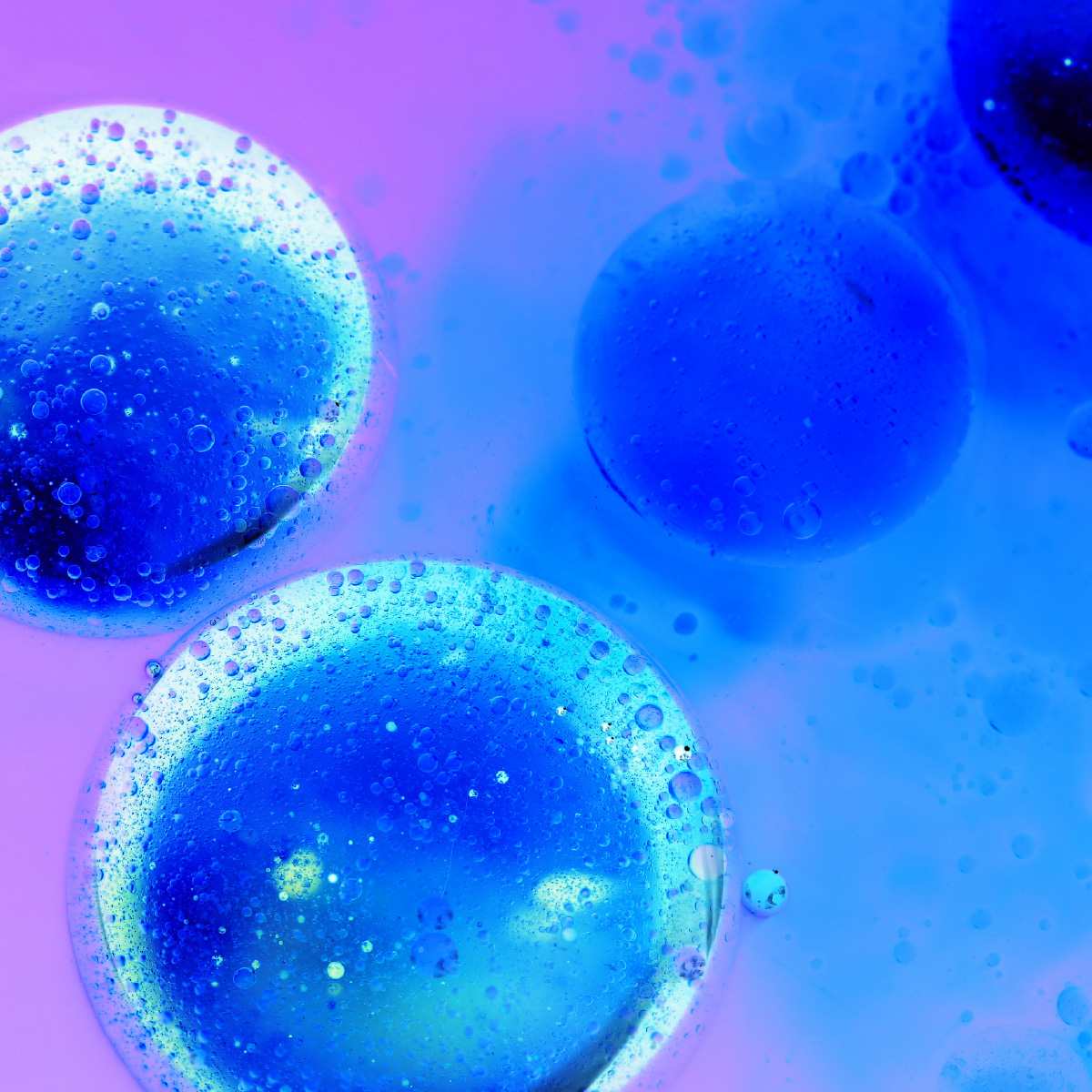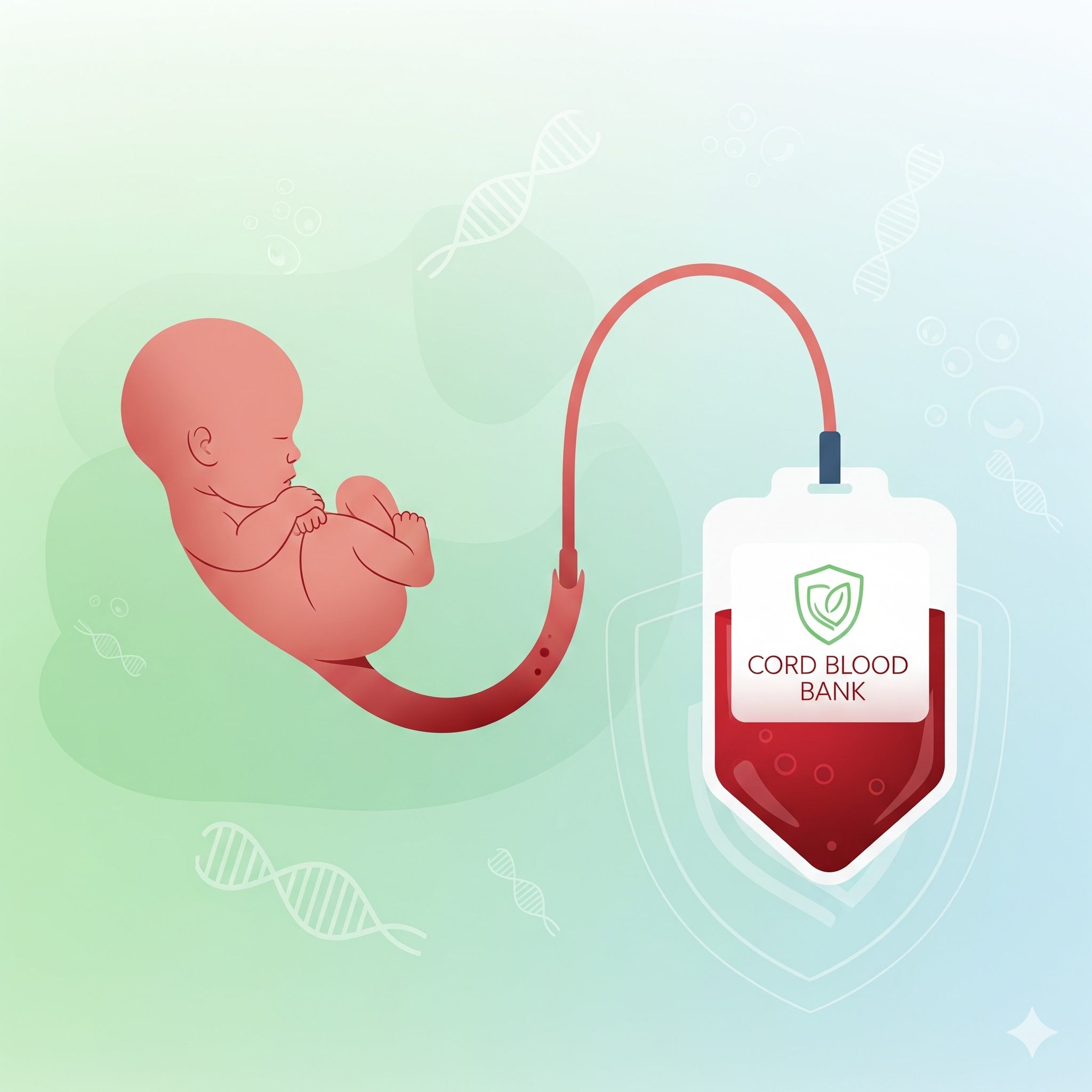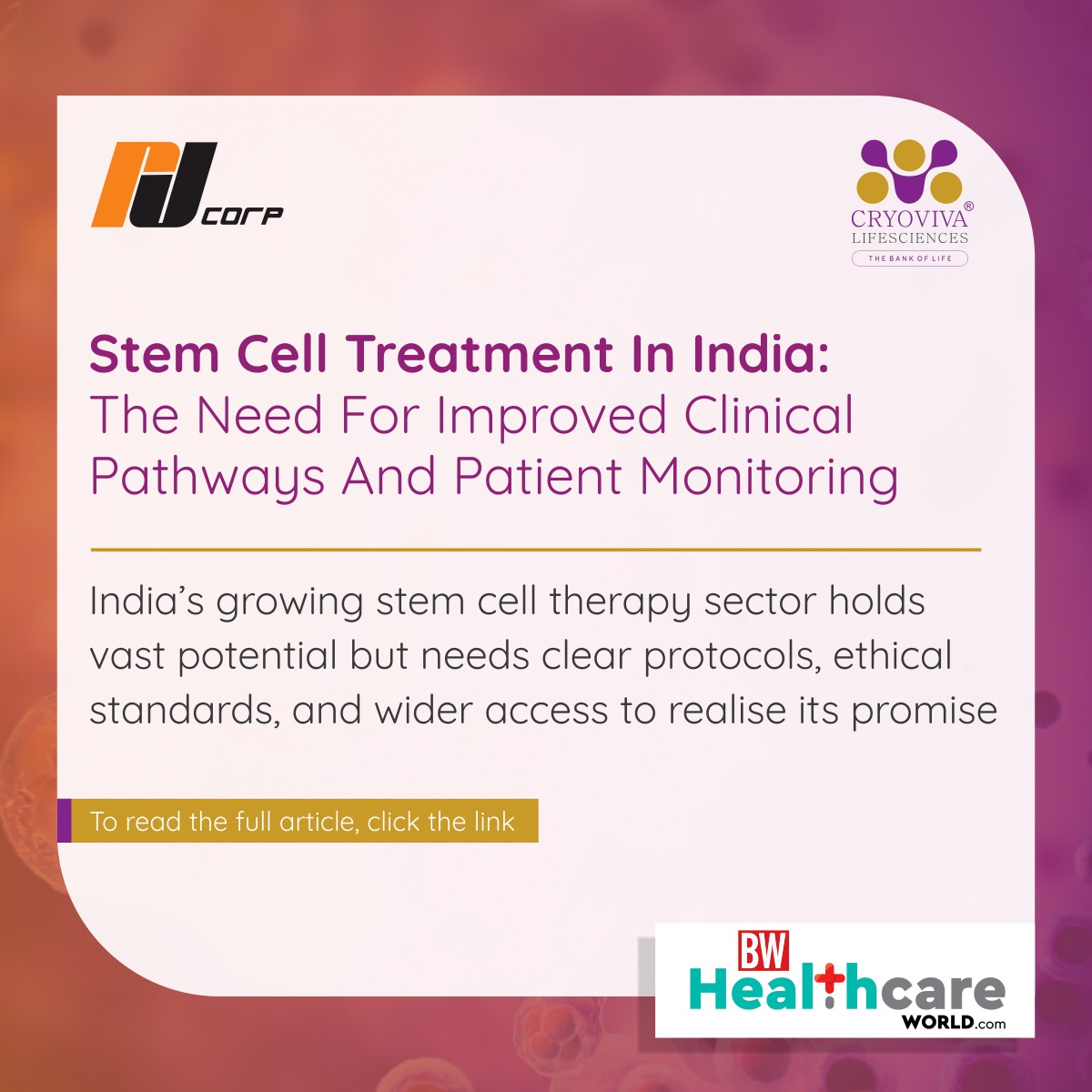Difference between Peripheral Blood Stem Cells & Cord Blood

Stem cells are undifferentiated cells capable of self-renewal and differentiation into specialized cell types. These properties make them essential for regenerative medicine and hematopoietic transplantation. Peripheral blood stem cells (PBSCs) are hematopoietic stem cells mobilized from the bone marrow into the bloodstream. On the other hand, umbilical cord blood (UCB) contains stem cells collected from the blood remaining in the umbilical cord after birth. Comprehending these differences is important for informed decisions regarding stem cell therapy and storage.
How do Peripheral Blood Stem Cells and Umbilical Cord Blood Differ?
Peripheral blood stem cells (PBSCs) and umbilical cord blood (UCB) are valuable for hematopoietic stem cell transplantation. But, they differ in cellular composition and collection procedures. The table below outlines their key distinctions:
| Feature | Peripheral Blood Stem Cells | Cord Blood |
| Source | Collected from circulating bloo | Collected from umbilical cord blood |
| Collection Timing | Anytime during a donor’s life | At the time of childbirth |
| Stem Cell Content | High number of mature stem cells | Rich in immature stem cells |
| Graft-Versus-Host Disease Risk | Higher risk | Lower risk |
| Storage | Not commonly stored | Stored through cord blood banking |
Source of Stem Cells
Peripheral blood stem cells (PBSCs) are collected through apheresis. It is a process in which blood is drawn from a donor and then processed to separate stem cells and eventually returned to circulation. Donors are administered granulocyte-colony stimulating factor (G-CSF) to increase stem cell yield which mobilizes hematopoietic stem cells from the bone marrow into the bloodstream.
Umbilical cord blood (UCB) is collected immediately after birth from the umbilical vein of the placenta. This technique is non-invasive and does not affect the newborn or the mother. Cord blood is a one-time resource, as it can only be collected at birth.
Composition of Stem Cells
Cord blood contains a higher proportion of hematopoietic progenitor cells (HPCs). These cells are immature and highly plastic which allows for greater adaptability in transplants. These cells have a lower risk of immune rejection due to their naive nature. Peripheral blood stem cells contain a higher number of mature CD34+ stem cells. They can rapidly engraft and repopulate bone marrow.
Medicinal Applications
Cord blood stem cells have been used in over 80 approved therapies. They are primarily used for hematological disorders which include leukemia and metabolic diseases. They are being explored for neurological and autoimmune conditions due to their high regenerative potential.
Peripheral blood stem cells are primarily used for hematopoietic stem cell transplantation (HSCT), particularly in patients undergoing high-dose chemotherapy for leukemia and multiple myeloma. They have faster engraftment compared to bone marrow transplants.
Risks and Compatibility
Cord blood transplants carry a lower risk of GVHD due to the immaturity of the immune cells which makes them suitable even when there is only a partial HLA match. However, they contain a lower stem cell dose, which can prolong engraftment time.
Peripheral blood stem cell transplants have a higher risk of GVHD due to the presence of mature immune cells. However, they allow for faster hematopoietic recovery which makes them preferable in urgent transplant scenarios.
Storage and Accessibility
Cord blood can be cryopreserved in public or private cord blood banks for decades which ensures immediate availability for future use. Public banks provide free storage for donations, whereas private banks store samples for family-exclusive use.
Peripheral blood stem cells are not routinely stored, as they are collected on demand from matched donors. They require a compatible donor registry and immediate processing before transplantation.
Conclusion
Peripheral blood stem cells (PBSCs) and umbilical cord blood (UCB) are valuable sources of hematopoietic stem cells used in transplantation. Cord blood banking allows long-term cryopreservation of these stem cells, providing readily available and genetically compatible treatment options for conditions such as metabolic disorders and immune deficiencies.
Guard your family's future health with Cryoviva’s reliable cord blood banking services. Visit Cryoviva’s website to learn more and begin the process today.









 Enquiry
Enquiry
 Email
Email Phone
Phone
 Whatsapp
Whatsapp